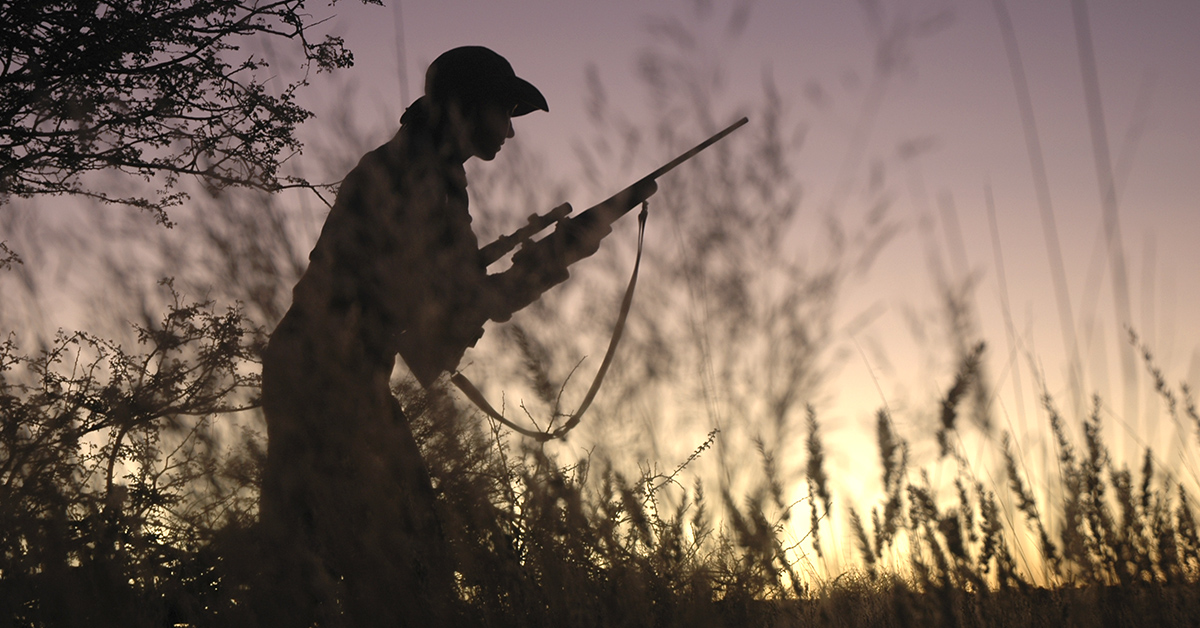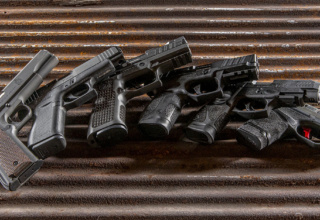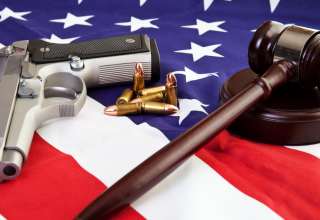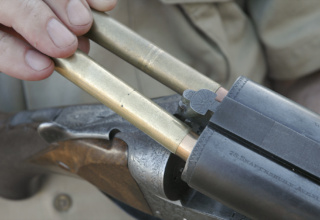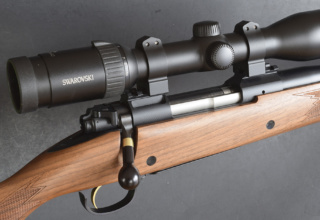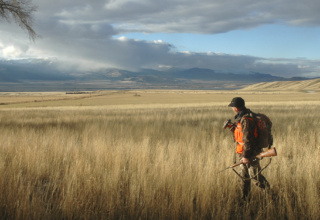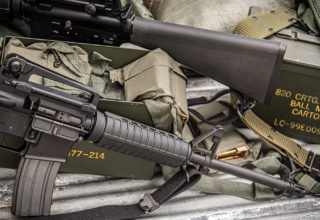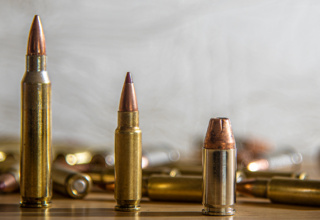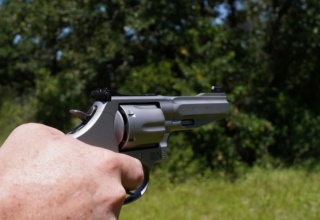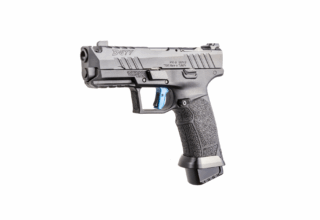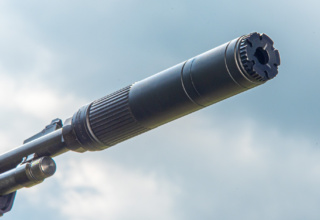What is said matters, whether or not it’s true!
by Wayne van Zwoll
My pistol scores would be higher if bullets returned on command. Alas, they do not. Like bullets, words are irretrievable. “Huh?” or “Come again?” or “Say what?” charitably gives you a chance to undo your error — that is, get your facts straight, say something more thoughtful, or remain silent.
Once, as an expert witness in a court case involving firearms branding, I endured several hours of deposition only to trip on a nonsense question whose proper answer required explanation already given. A pause and a deep breath were in order. I was tired, however, and let slip a shorter but unhelpful response. No back-pedaling or clarification could change what was on tape.
Not by any measure a serious error, that reply still chafes, a reminder that every word can matter.
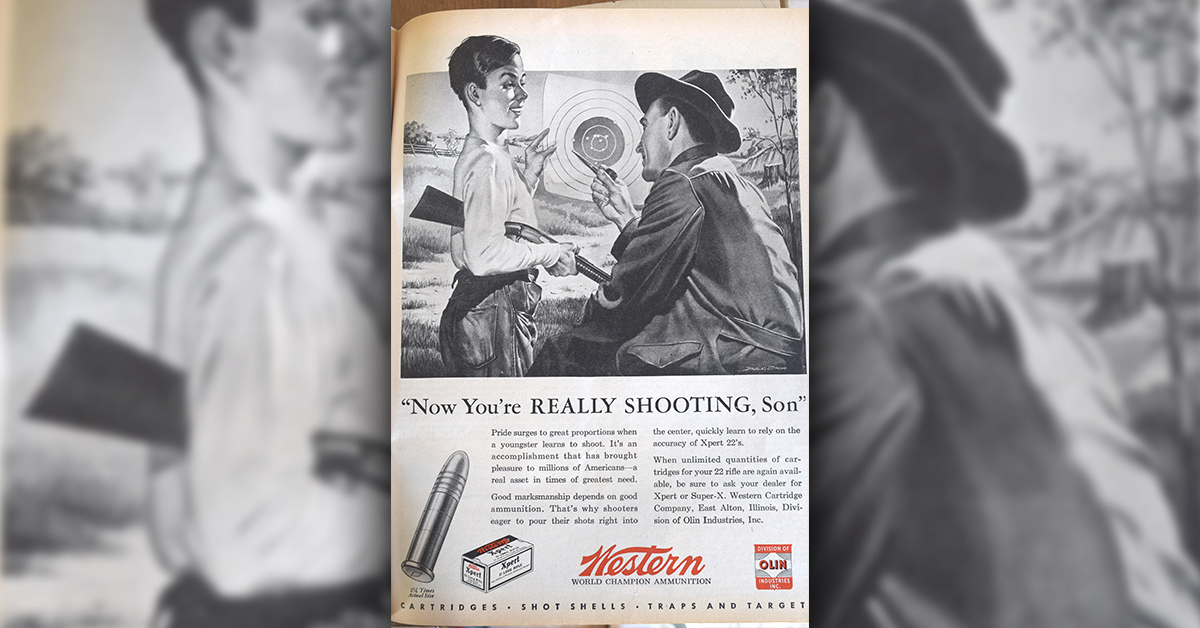
The Biblical book of Proverbs has good advice on the use of words. In sum: Speak kindly; tell the truth; don’t whisper about people behind their backs. Also, paraphrased: “There’s a reason you have two ears and one mouth.”
Words can damage even when they’re not profane or overtly cruel. Political statements often mis-apply words that, in repetition, pound home a message. Twisting the language to mislead succeeds when the opposition doesn’t respond.
Example: gun control.
Now, I sorely lack gun control. My pistol sight wanders all over the target, ignoring its mission to stay “in the black.” Pressing the trigger gooses it.
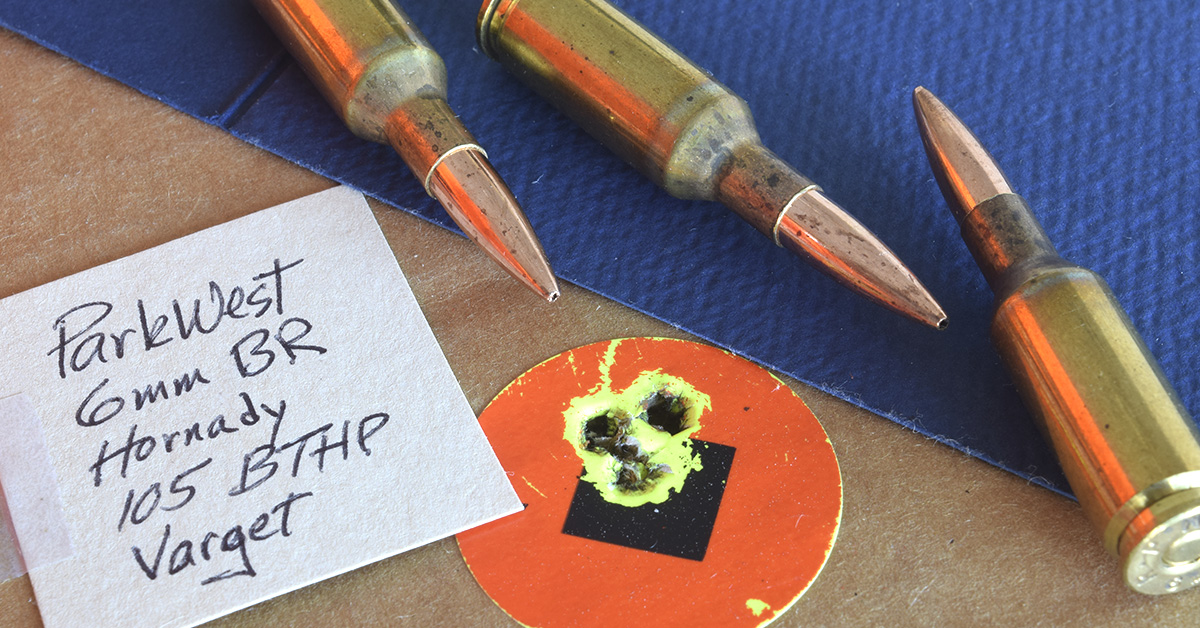
Of course, “control” in the lexicon of politics has nothing to do with breaking a shot. Rather, it is legislation restricting ownership, transfer, and use of firearms. In this way, it’s a euphemism, a bland word to convince the uninformed that such legislation harms no one. To appear reasonable, these zealots add an adjective: “common-sense.” To focus the public eye where they wish, they choose “shooters” instead of “killers” to describe those who commit mass murder. Ironically, it’s the same word that initiates a stage in a pistol match: “Shooters to the line…” Competitors who send thousands of bullets safely through paper targets each year are thus condemned to share a title with felons.

The insinuation that firearms are the agents of murder, and that all who own them are a threat, has no foundation in fact. But hunters and shooters could do better combating it.
First, we’re obliged to push back on “assault weapon” and “weapon of war” as descriptors for the AR-15. “So-called” is my stock qualifier in any discourse on “assault weapon” legislation, as law-making with that title doesn’t deal solely (if at all) with real assault rifles. Somewhere there may be a bona fide military agency tacking that label on AR-15s available to ordinary U.S. civilians; offhand, I can’t name any. The common AR doesn’t function as an assault rifle. Nor does it fit the historical picture of one.
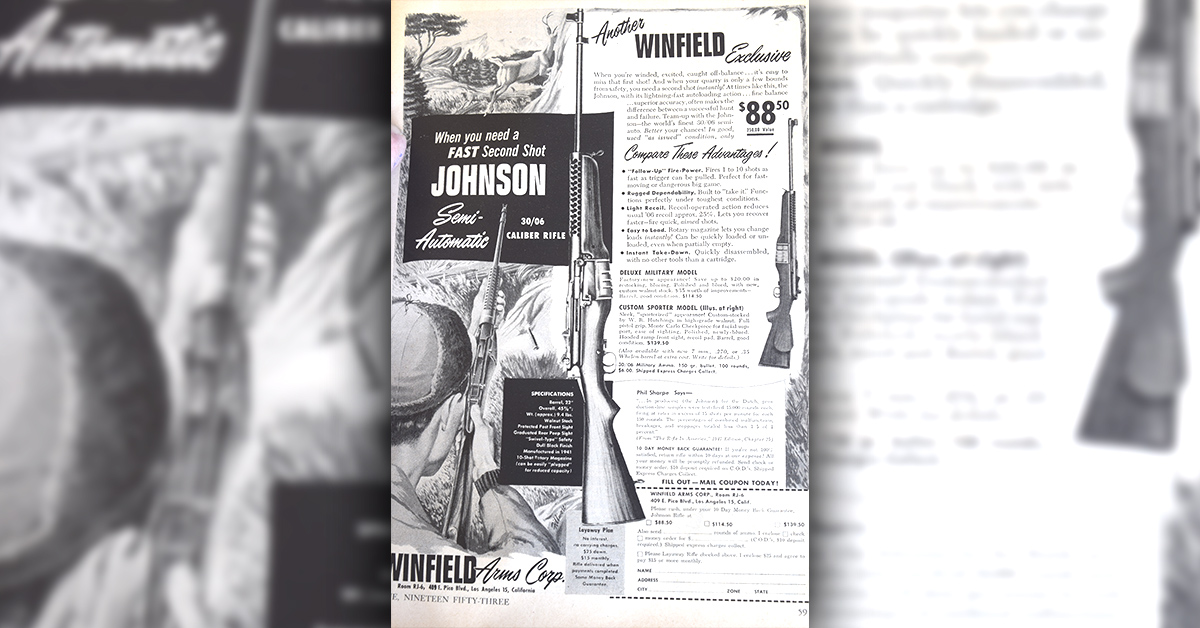
Hugo Schmeisser’s Machinenpistole 43 or MP-43 is widely accepted as the first arm to be called an assault rifle. It was developed in 1943 on the heels of the Maschinenkarabiner 42, or MKb 42, which fired a new mid-size 7.92×33 Kurz cartridge. Limited numbers of MP-43s went to German troops before improved production methods led to the MP 44 in the spring of ’44. The StG 44 (StG for Sturmgewehr, or Storm gun) was issued that autumn, mainly to soldiers on the Eastern Front. By then, tapping smokeless powders to get more reach from infantry cartridges had become pointless, given the open sights on battle rifles. Hitler didn’t initially like the 7.92×33, and may or may not have dubbed this arm an “assault rifle.” In English translation, the name stuck.
The StG 44 differed from the bolt-action Mauser 98 infantry rifle in three main ways: a compact profile, shorter cartridge (33mm case instead of the Mauser’s 57mm), and greater fire-power. The StG was also a selective-fire rifle, capable of full-automatic cycling. It influenced design of the AK-47, developed by Soviet tank mechanic Mikhail Kalashnikov two years after the close of WW II. While the AR-15 sold to civilians stateside uses the .223 round adopted in 1964 by the U.S. Army for the selective-fire M-16, the AR-15 (after its birthplace, ArmaLite, Inc., not “assault rifle”) has many forms. All are autoloaders (semi-automatic).
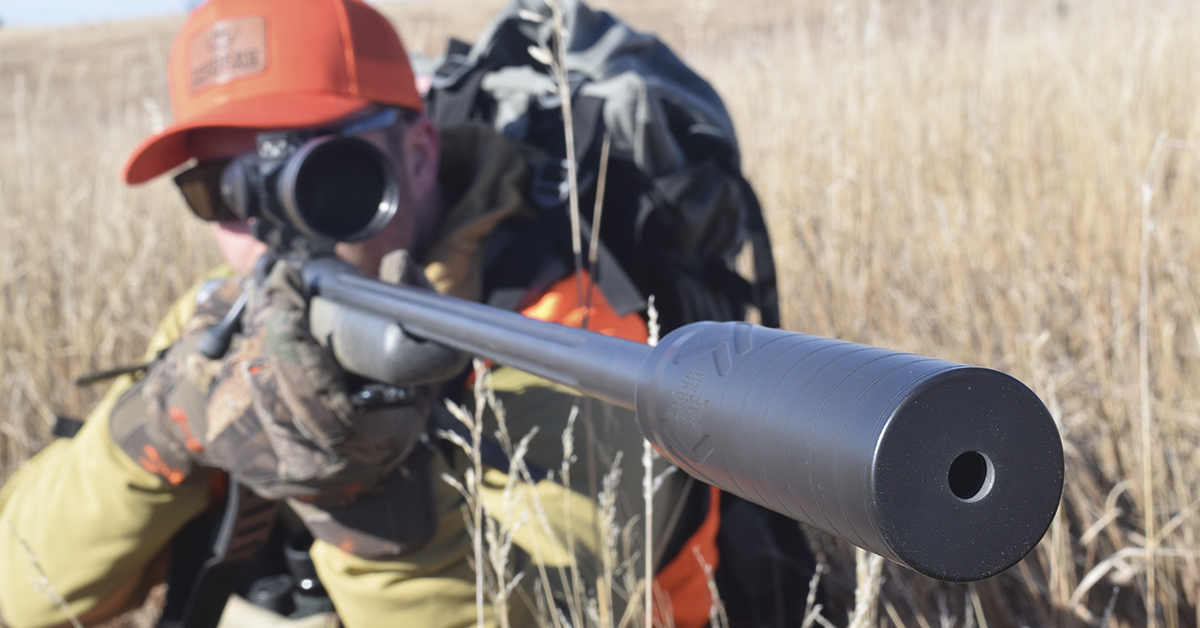
The term “assault weapon” ably serves politicians keen to hamstring firearms use, transfer, and ownership. Both words carry a threat. Webster defines assault as “n. 1. a violent attack, either physical or verbal…. vt., vi. 1. to make an assault upon….” It pegs weapon as “n. 1. an instrument or device of any kind used for fighting….” No one wants to be assaulted. Nuclear weapons have inspired fear since the Cold War put school children under their desks.
But both words connote use. Neither describes an AR-15, physically or in function. An AR-15 can’t assault. Apart from its handler, no rifle is a weapon.
Here is where shooters give me heartburn. Perhaps military or police training, or television or an extra shot of testosterone in the coffee makes “weapons” of firearms. That word applied to rifles, pistols, and shotguns not wielded as weapons is a misnomer. And it plays into the agenda of the gun-control mob. The “weapon” habit is hard for some people to break. They’d do us all a service if they made the effort.
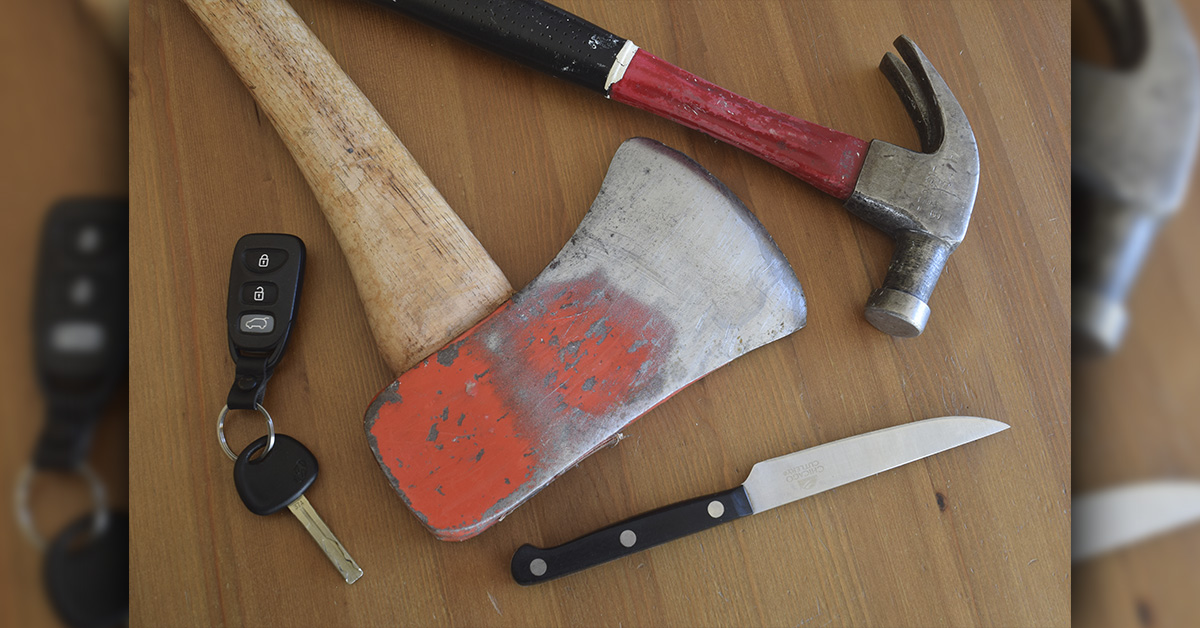
Not long ago, Paul Pelosi was assaulted in his home by a man with a hammer. It became, in the assailant’s hand, a weapon. Kitchen knives, axes, automobiles, and many other implements have become weapons. Words, too! But not by themselves. I don’t pound nails, peel carrots, or split wood with weapons, or change the oil in the weapon in my garage.
None of my firearms have yet harmed anyone. Unless pressed to defend life, I’ll spare them the weapon word.
Other words that bring on the hives include “gun safety,” “gun reform,” and “gun violence.” The presumption that firearms are inherently unsafe is inherently flawed. Absent human hands, no rifle, pistol, or shotgun merits that indictment. Accidental firearms deaths are extremely rare. Fatalities from criminal acts are sustained or caused by people unaffected by new laws.
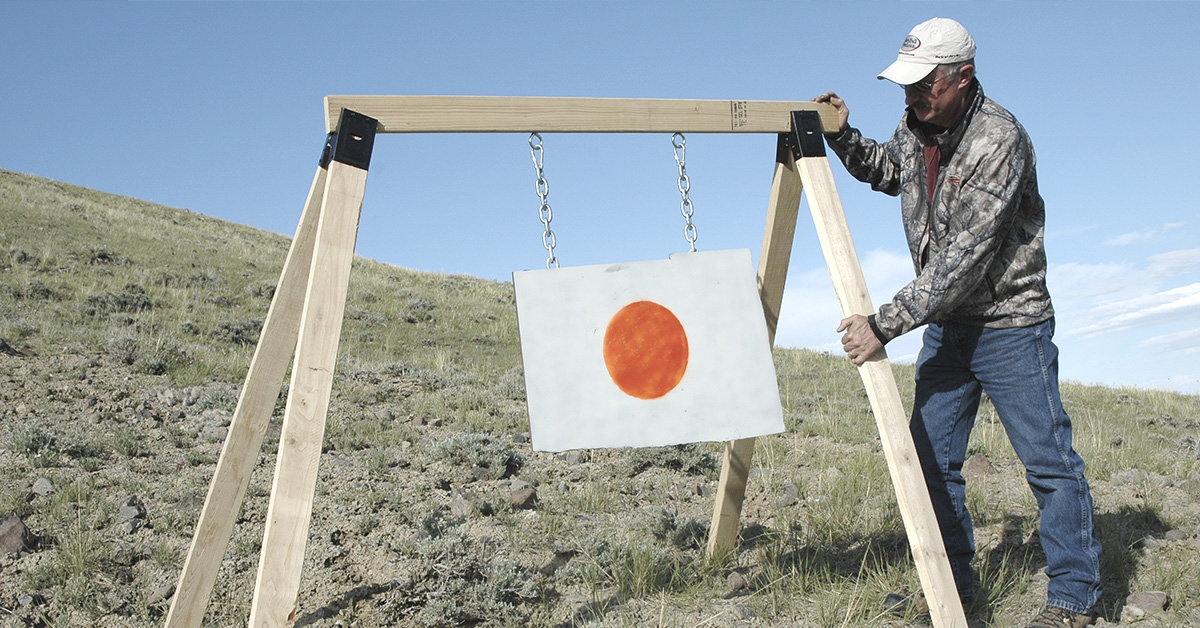
“Reform” means “vt. 1. to make better by removing faults and defects; correct….” But legal and policy reforms don’t affect everyone the same way. “Tax reform” and “border reform” fail to excite the great unwashed because past changes have left many people in worse shape than they were before. Back when families relied on livestock, reform drew cheers when it wasn’t your ox getting gored. So it is still.
“Automobile violence,” “alcohol violence,” and “smart-phone violence” have yet to qualify as killers, though they claim many more lives than are snuffed by bullets.
Enough of the battle. Behind the lines, the path to grammatical purity also has potholes.
“I’m getting a new pair of binoculars for that hunt.” Probably you’re getting just one. “Bi” means two. A binocular has two barrels. A pair of binoculars is of no use unless you have four eyes.
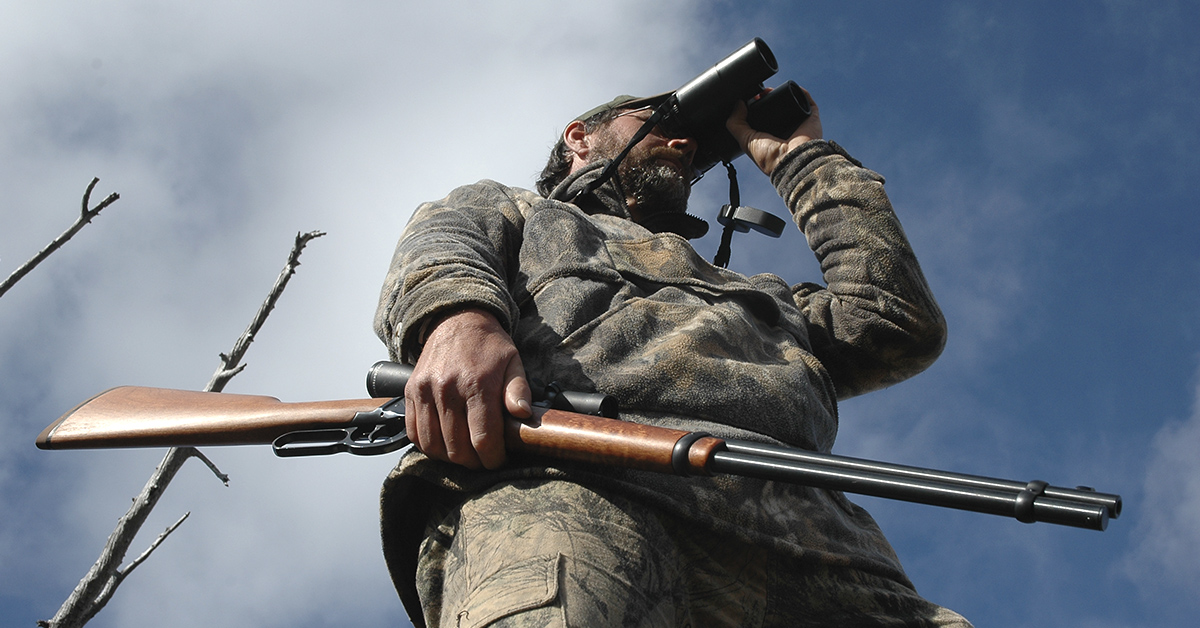
“To get in shape for elk season, I’m eating healthy foods.” Probably not. “Healthy adj. 1. Having good health, well, sound….” A steak is not healthy; the unfortunate steer is dead. Ditto the broccoli. The cheesecake was never healthy because it was never alive. You’re eating “healthful” food: “adj. 1. Helping to produce, promote or maintain health; salutary; wholesome….” Well, all but the cheesecake.
Then there’s “clip,” used long ago to charge 1898 Mausers and 1903 Springfields and now, to the dismay of the word police, mis-applied to detachable box magazines…

Language changes, but new words aren’t always better. “Booner” and “shooter” to describe game animals, for example. Reducing an animal to its score or its value as a target makes me uneasy, because this is also a beautiful creature. Also, in mixed company, such words can make hunters seem heartless and less appreciative of the beast’s contribution to the ecosystem — or even the table!
Not that I apologize for hunting. Indeed, the use of “harvest” as a euphemism brings on a twitch.
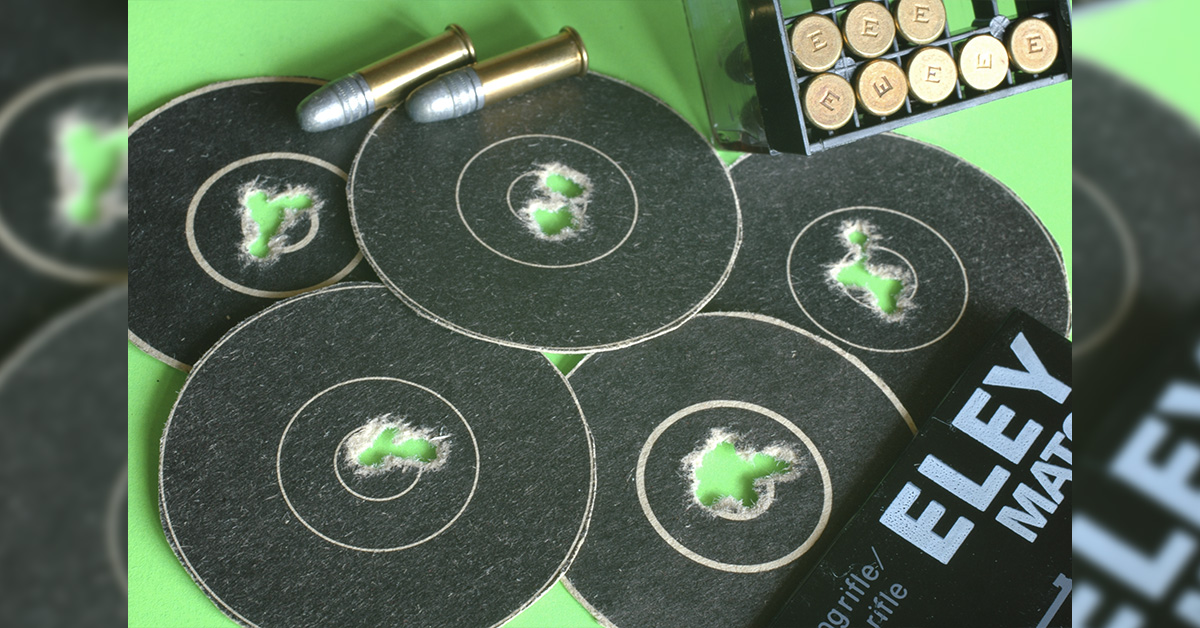
“Harvest” serves in the collective sense, as in “the 1995 Ohio deer harvest.” It doesn’t accurately describe sending a .270 bullet through the ribs. A bullet kills the deer. Or “drops” or “downs” or…
Some words matter more than others.
